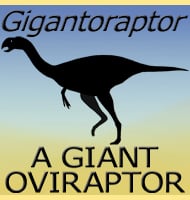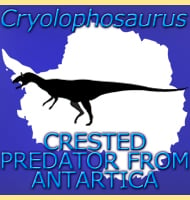Struthiomimus
Intro of Struthiomimus Struthiomimus remains were actually known all the way back to 1901, but were interpreted by Lawrence Lambe to belong to Ornithomimus altus, the first ornithomimid to be named. In 1917 however, Henry Fairfield Osborn (the man who is perhaps best remembered for naming Tyrannosaurus) identified key differences in the bones, especially the … Read more

